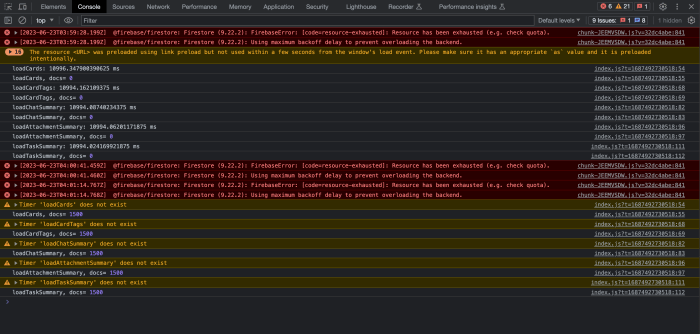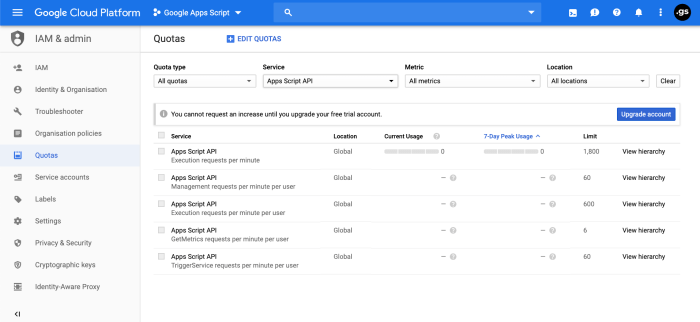Strict liability torts without fault – Strict liability torts, a captivating area of law, hold individuals and entities accountable for harm caused by their actions, regardless of whether they intended or were negligent. This concept stands in stark contrast to fault-based torts, where liability hinges on proving the defendant’s fault or carelessness.
In this exploration, we will delve into the intricacies of strict liability torts, examining their scope, essential elements, potential defenses, and practical applications. From product liability to animal attacks and ultrahazardous activities, we will unravel the complexities of this fascinating legal landscape.
Definition and Scope of Strict Liability Torts: Strict Liability Torts Without Fault

Strict liability torts, unlike fault-based torts, hold individuals accountable for damages regardless of intent or negligence. They impose liability based solely on the occurrence of harm caused by the defendant’s actions.
The rationale behind strict liability stems from policy considerations such as protecting vulnerable parties, encouraging responsible behavior, and distributing the costs of injuries fairly.
Common Strict Liability Torts
Common examples of strict liability torts include:
- Product Liability:Manufacturers and sellers are held responsible for injuries caused by defective products, regardless of whether they knew or should have known about the defect.
- Animal Attacks:Owners are strictly liable for injuries caused by their animals, even if the animal has no history of aggression.
- Ultrahazardous Activities:Activities that pose a high risk of harm, such as blasting or storing explosives, are subject to strict liability, regardless of the level of care taken.
Defenses to Strict Liability Torts

In strict liability cases, the defendant is held liable for damages regardless of fault or intent. However, there are certain defenses that may be asserted to avoid liability.
The following are some potential defenses to strict liability torts:
Assumption of Risk
Assumption of risk occurs when the plaintiff voluntarily assumes the risk of injury by engaging in a dangerous activity or using a product with known defects.
Contributory Negligence
Contributory negligence occurs when the plaintiff’s own negligence contributes to the injury. In such cases, the plaintiff’s recovery may be reduced or barred.
Statute of Limitations, Strict liability torts without fault
The statute of limitations imposes a time limit within which a plaintiff must file a lawsuit. If the plaintiff fails to file within the specified time frame, the claim may be barred.
Product Misuse
Product misuse occurs when the plaintiff uses a product in a manner not intended by the manufacturer. In such cases, the defendant may not be liable for injuries resulting from misuse.
Application in Specific Contexts

Strict liability torts find application in various legal contexts, imposing liability regardless of fault or intent. These contexts include product liability, animal attacks, and ultrahazardous activities.
Product Liability
Product liability holds manufacturers and sellers strictly liable for injuries or damages caused by defective products. Theories of product liability include:
- Manufacturing Defect:A defect in the manufacturing process that makes the product unsafe.
- Design Defect:An inherent flaw in the product’s design that makes it unsafe.
- Failure to Warn:Failure to provide adequate instructions or warnings about potential hazards of the product.
Manufacturers may have defenses available, such as:
- Assumption of risk
- Misuse of the product
- Unforeseeable use
Animal Attacks
Owners of animals are generally held strictly liable for injuries caused by their animals, regardless of whether they knew of the animal’s dangerous propensities. Exceptions to this rule include:
- Trespassing by the victim
- Provocation by the victim
- Acts of God or third parties
Ultrahazardous Activities
Certain activities are considered ultrahazardous, meaning they involve a high risk of harm to others. Engaging in such activities creates strict liability for any resulting injuries or damages. Examples include:
- Blasting
- Storing explosives
- Keeping wild animals
Last Point

Strict liability torts serve as a crucial mechanism for ensuring public safety and protecting individuals from harm caused by inherently dangerous activities or defective products. Understanding the principles governing these torts empowers individuals to seek compensation for injuries sustained through no fault of their own.
As we continue to navigate an increasingly complex world, the significance of strict liability torts will only grow, ensuring that those responsible for harm are held accountable.
General Inquiries
What is the rationale behind imposing strict liability?
Strict liability is imposed in certain situations to promote public safety, deter dangerous activities, and ensure that victims of harm are fairly compensated, even in the absence of fault.
What are some common examples of strict liability torts?
Common examples include product liability for defective products, animal attacks, and liability for ultrahazardous activities such as blasting or storing explosives.
What are potential defenses to strict liability torts?
Defenses may include assumption of risk, contributory negligence, statute of limitations, and product misuse.